Climate Model
Introduction
A climate model is a mathematical representation of the climate system based on physical, biological, and chemical principles. The models are used to simulate the dynamics of the climate system and predict future climate changes. Climate models are complex and require significant computational resources to run.
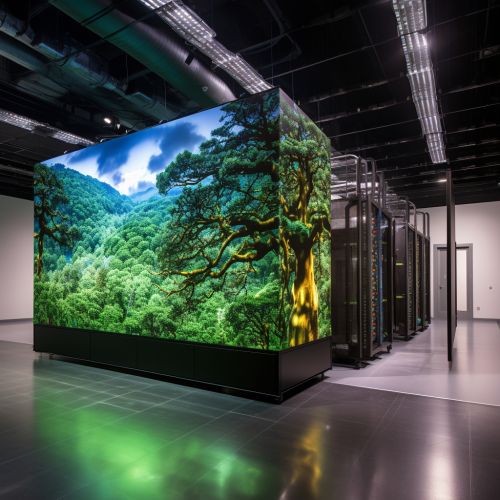

Types of Climate Models
There are several types of climate models, each with its own strengths and weaknesses. The simplest models, called energy balance models, consider only the balance of incoming and outgoing radiation. More complex models, known as General Circulation Models (GCMs), simulate the full three-dimensional structure of the atmosphere and oceans.
Energy Balance Models
Energy balance models are the simplest type of climate model. They consider only the balance of incoming and outgoing radiation. Despite their simplicity, these models can provide useful insights into the fundamental dynamics of the climate system.


General Circulation Models
General Circulation Models (GCMs) are the most complex type of climate model. They simulate the full three-dimensional structure of the atmosphere and oceans, and include representations of a wide range of physical processes. GCMs are the primary tool used for predicting future climate change.
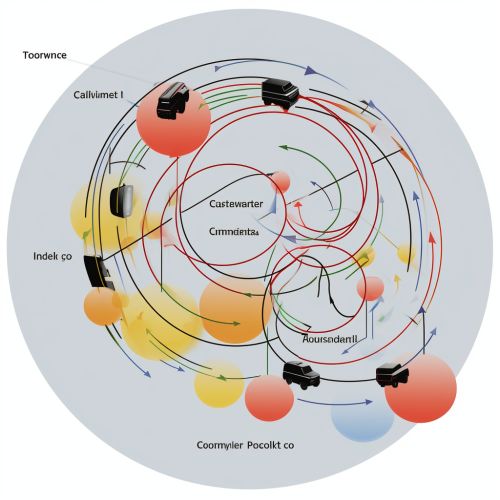
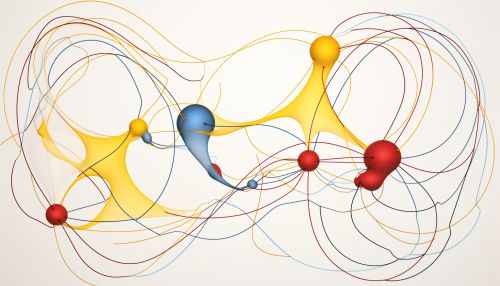
Components of Climate Models
Climate models are composed of several components, each representing a different part of the climate system. These components include the atmosphere, oceans, land surface, and cryosphere (ice and snow).
Atmosphere
The atmospheric component of a climate model simulates the movement of air and the transport of heat, moisture, and momentum. It also includes representations of physical processes such as cloud formation and precipitation.


Oceans
The oceanic component of a climate model simulates the movement of water and the transport of heat, salt, and other tracers. It also includes representations of physical processes such as sea ice formation and melting.
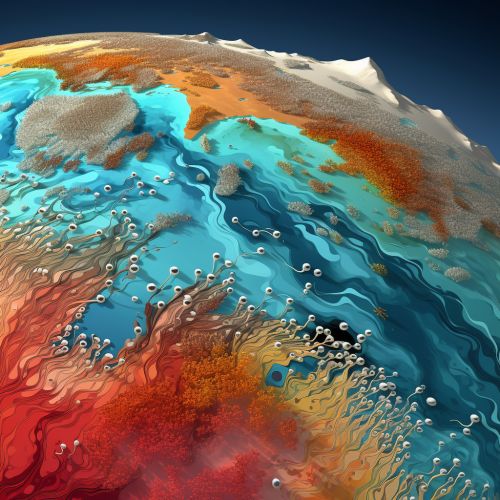

Land Surface
The land surface component of a climate model simulates the exchange of energy, water, and momentum between the land surface and the atmosphere. It also includes representations of physical processes such as evaporation and runoff.
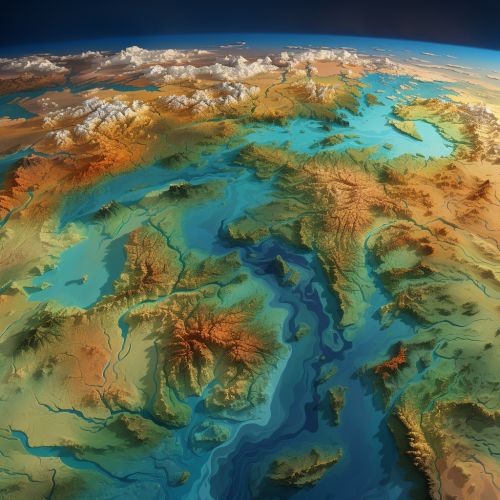
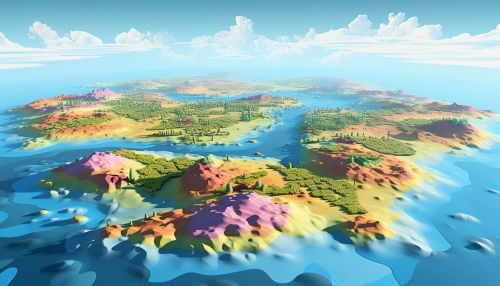
Cryosphere
The cryospheric component of a climate model simulates the behavior of ice and snow, including sea ice, glaciers, and ice sheets.
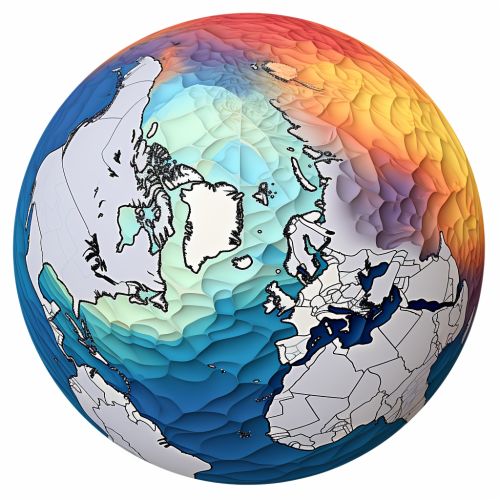
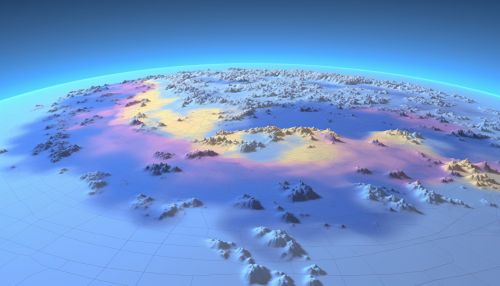
Model Evaluation and Validation
Climate models are evaluated and validated through a process of comparison with observations. This process, known as model evaluation, involves comparing the output of a model with observed data to assess the model's accuracy.

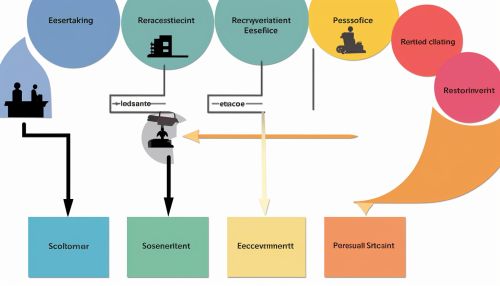
Future Projections
Climate models are used to project future changes in climate in response to changes in greenhouse gas concentrations. These projections are used to inform policy decisions and planning for climate change adaptation and mitigation.
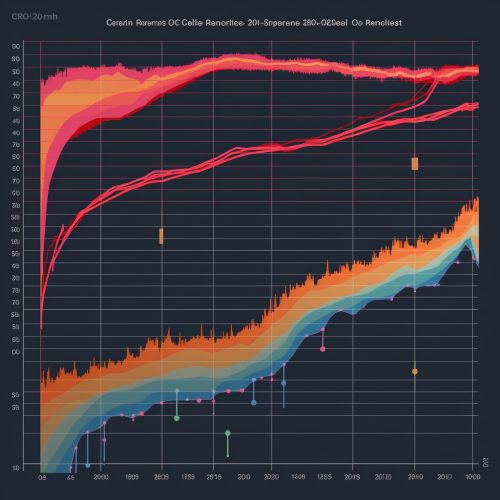
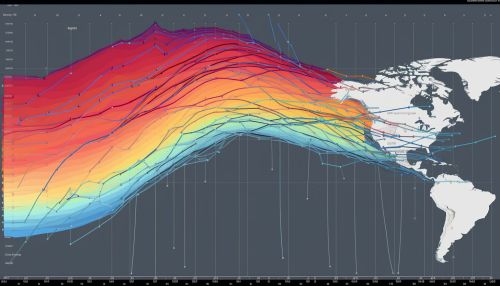
See Also
- Atmospheric Physics
- Oceanography
- Cryospheric Science
- Climate Change Mitigation
- Climate Change Adaptation
References
1. "Climate Models: An Assessment of Strengths and Limitations." U.S. Department of Energy, Office of Biological & Environmental Research. 2008. [1] 2. "An Introduction to Climate Modelling." World Meteorological Organization. 2011. [2] 3. "Climate Change Projections." Intergovernmental Panel on Climate Change. 2014. [3]
